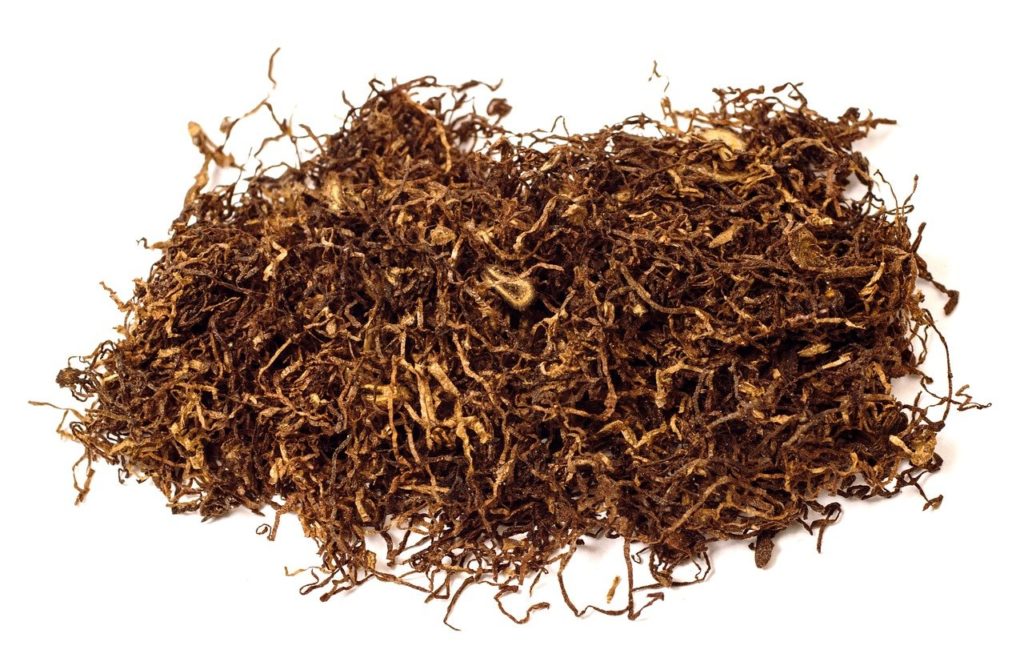Archaeologists have uncovered evidence that hunter-gatherers in North America were using tobacco around 12,300 years ago — 9,000 years earlier than was previously documented.
Tobacco use spread worldwide after contact between European explorers and Indigenous people in North America in the fifteenth century. But researchers debate precisely how and when tobacco plants (Nicotiana spp.) were first domesticated.
Now, Daron Duke and his colleagues at the Far Western Anthropological Research Group in Davis, California, have discovered the oldest direct evidence of tobacco use at a hunter-gatherer camp in Utah’s West Desert. They published the findings on 11 October in Nature Human Behaviour1.
The site lies alongside the now-dry channel of a prehistoric river called the Old River Bed, where people camped 13,000 to 9,500 years ago. While excavating a historical site located within the US Air Force’s Utah Test and Training Range, the team found an ancient hearth containing four burnt tobacco-plant seeds.
The researchers used radiocarbon dating to determine how old the hearth and its contents were. The tobacco seeds themselves were too small and fragile to be dated, but the team determined that other burned woody material in the hearth was around 12,300 years old. The charred seeds were presumed to be of a similar age.
Although the team cannot say for certain how the tobacco was used, the fact that only seeds remain implies that the leaves and stems of the tobacco plant — the parts with the intoxicant effect — were consumed. The seeds, which are small and easily caught in the sticky hairs of the plant, could’ve been picked up and when the flowering parts were harvested. “People in the Pleistocene likely smoked tobacco or chewed tobacco in a similar fashion to how it’s used today,” says Jaime Kennedy, an archaeologist at the University of Oregon in Eugene.
Duck bones
Artefacts found in and around the hearth provide context for the find. These include fragments of a Haskett, a spear tip commonly used by roaming hunter-gatherers in North America during the Pleistocene. In this case, the researchers say, it seems to have been used to hunt various species of duck: a large number of waterfowl bones were uncovered at the site….







